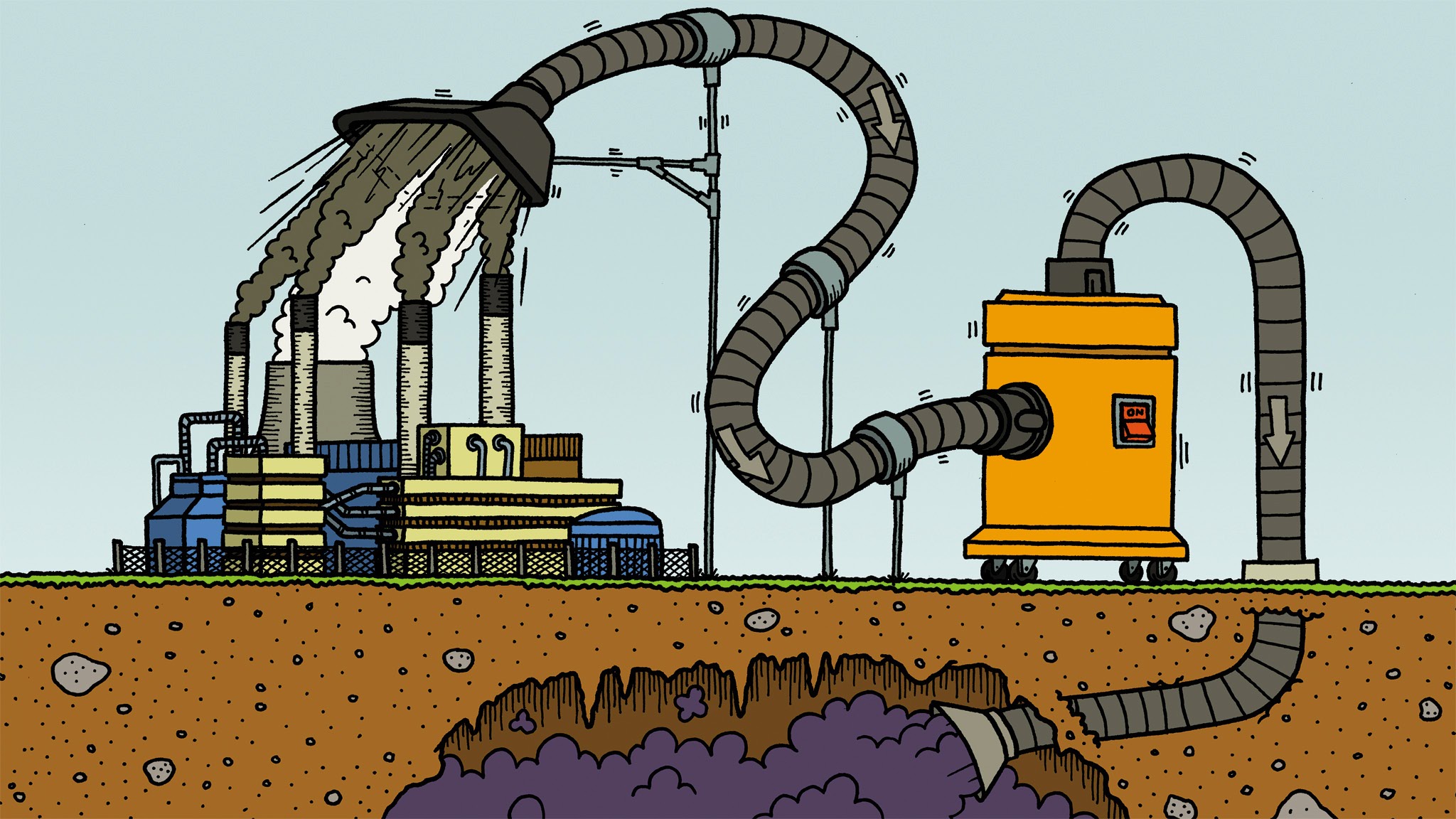Carbon capture, also known as carbon capture and storage (CCS), is a process that involves capturing carbon dioxide (CO2) emissions from industrial processes and power plants, then storing it underground or repurposing it for other uses. The primary goal of CCS is to reduce greenhouse gas emissions and combat climate change.
CO2 is a potent greenhouse gas that contributes significantly to the rising temperatures primarily caused by the burning of fossil fuels, resulting in one of the main causes of climate change. CCS is one of the few technologies that can help reduce and reuse emissions from these sources.
The carbon capture process involves three main steps: capturing, transporting, and storing CO2. First, CO2 is captured from the emissions of industrial processes or power plants using a range of technologies. Then, once captured, it is then transported to a storage location or repurposed for other sources. Storage can take place in different locations so that, when CO2 is injected in them, it is stored permanently in, for example, oil and gas fields, deep saline aquifers, or coal seams, so that its release in the atmosphere is significantly reduced.
The UK government has announced to start the construction of a new power station where CO2 is captured and stored under the North Sea, as a step towards its commitment to remove carbon from UK electricity production by 2035, even though it seems improbable. The proposed locations for such carbon capture power station are one at Keadby in north Lincolnshire and two near Redcar on Teesside. Each of these sites, however, claims not to capture more than 2 million tonnes a year of CO2.
Despite its potential benefits, however, CCS faces several challenges. One of the main challenges is, in fact, the high cost of capturing and storing CO2, which makes it economically unfeasible for many industries, for example the cost of a new gas power station at Keadby is about £350m for providing electricity for 1 million houses. Additionally, CCS does not address the root cause of climate change, which is the burning of fossil fuels. Therefore, CCS should be seen as a complementary technology rather than a complete solution.
It is, therefore, necessary that governments and industries must work together to invest in and implement this technology to ensure a sustainable future for generations to come, trying also to reduce its cost.









Show Comments